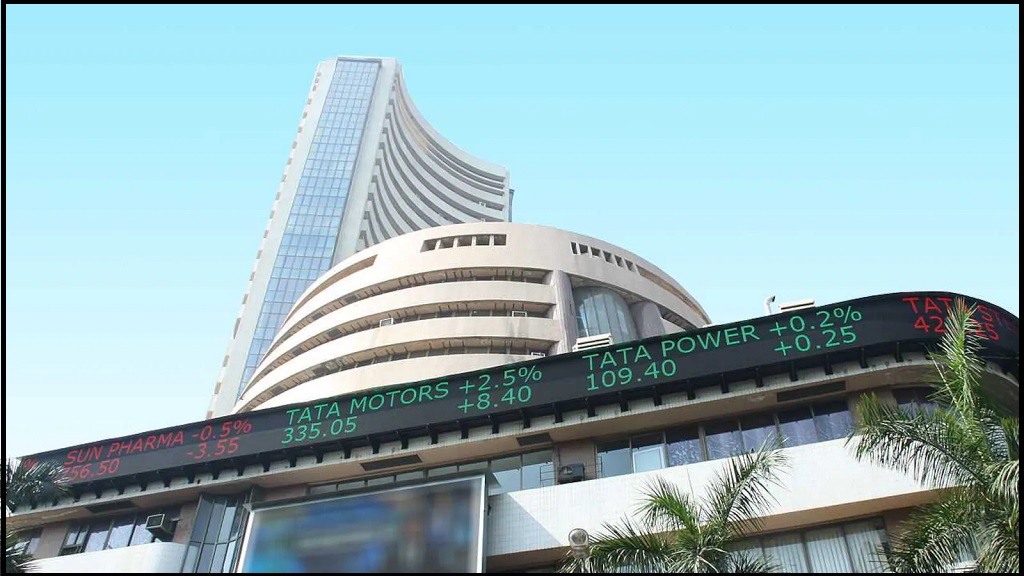The Bombay Stock Exchange (BSE): A Pillar of India’s Financial Heritage
The Bombay Stock Exchange (BSE), often referred to as the BSE India, stands as a testament to India’s rich financial heritage and enduring legacy in the world of capital markets. Established in 1875, the BSE holds the distinction of being Asia’s oldest stock exchange and one of the world’s ten largest exchanges by market capitalization. This article offers a comprehensive exploration of the BSE, tracing its illustrious history, elucidating its organizational structure, delineating its pivotal functions, highlighting its technological advancements, and underscoring its regulatory framework, all while contextualizing its profound significance within India’s economic narrative.

History and Legacy
The roots of the BSE can be traced back to the 1850s when stockbrokers would gather under banyan trees in Mumbai (then Bombay) to conduct informal transactions. However, it was in 1875 that the BSE was formally established as the “Native Share & Stock Brokers Association” to provide a regulated platform for stock trading. Over the decades, the BSE has weathered various economic cycles, political upheavals, and technological revolutions, emerging as a symbol of resilience and stability in India’s financial ecosystem.
Structure and Operations
The BSE operates as a premier stock exchange, facilitating the trading of a diverse array of financial instruments, including equities, derivatives, mutual funds, and debt securities. At its core, the BSE embodies a hybrid model of trading, encompassing both traditional floor-based trading and modern electronic trading systems. While the iconic BSE trading floor continues to evoke nostalgia and tradition, the exchange has embraced technology-driven innovations to enhance efficiency, transparency, and accessibility for market participants.
The BSE’s flagship index, the SENSEX, holds a revered status in the Indian financial landscape, serving as a barometer of market sentiment and a benchmark for investors and analysts alike.
Key Functions
- Capital Mobilization: One of the primary functions of the BSE is to facilitate capital formation by providing companies with a platform to raise funds through the issuance of securities. The BSE enables companies to access a broad investor base, thereby catalyzing economic growth and development.
- Liquidity Provision: As a leading stock exchange, the BSE ensures liquidity in the market, enabling investors to buy and sell securities with ease. This liquidity enhances market efficiency, fosters price discovery, and mitigates transactional risks.
- Market Surveillance: Upholding market integrity and investor protection are paramount objectives for the BSE. The exchange employs robust surveillance mechanisms and regulatory oversight to detect and deter market abuse, insider trading, and other malpractices, thereby safeguarding the interests of investors and maintaining trust in the marketplace.
- Promotion of Financial Inclusion: The BSE is committed to promoting financial inclusion and investor education initiatives. Through various outreach programs, seminars, and digital platforms, the exchange endeavors to empower investors with knowledge, instill confidence, and foster a culture of informed decision-making.
Technological Advancements
While steeped in tradition, the BSE has embraced technological advancements to modernize its operations and enhance market efficiency. The introduction of electronic trading platforms, algorithmic trading systems, and real-time data analytics has revolutionized the trading landscape, enabling faster execution, improved transparency, and greater market access for participants.
Regulatory Oversight
The BSE operates under the regulatory purview of the Securities and Exchange Board of India (SEBI), India’s apex regulatory body for securities markets. SEBI plays a pivotal role in ensuring the integrity, transparency, and stability of the capital markets by formulating regulations, conducting surveillance, and enforcing compliance standards. The BSE collaborates closely with SEBI to uphold regulatory compliance, maintain market integrity, and promote investor confidence.
Conclusion: A Beacon of Stability and Progress
In conclusion, the Bombay Stock Exchange (BSE) stands as a beacon of stability, resilience, and progress in India’s financial landscape. With its rich history, robust infrastructure, and unwavering commitment to market integrity, the BSE continues to play a pivotal role in driving economic growth, fostering investor confidence, and shaping the trajectory of India’s capital markets.
As India embarks on its journey towards becoming a global economic powerhouse, the BSE remains firmly entrenched as a cornerstone of the nation’s financial heritage, embodying the spirit of innovation, inclusivity, and excellence.
References:
- BSE Official Website: Bombay Stock Exchange
- SENSEX Overview: BSE India – SENSEX
- History of BSE: Investopedia – Bombay Stock Exchange
- BSE Trading Floor: MoneyControl – Inside Bombay Stock Exchange
- BSE Market Surveillance: Business Standard
- Technological Advancements in BSE: Financial Express
- SEBI Regulations: Securities and Exchange Board of India
- BSE Investor Education Initiatives: BSE India – Investor Education

EDUBRUG is a top educational institute known for offering the best stock market courses in India. Our goal is to make financial markets easy to understand and help people learn about trading. Eduburg has quickly become a popular choice for those who want to become successful traders and investors. Our experienced faculties, who are certified, provide practical training in stock trading, technical analysis, and financial planning. Eduburg is dedicated to providing high-quality education, ensuring that our students gain the skills and confidence needed to succeed in the stock market.